Database Reviews and Reports
ENGnetBASE
Engineering Reference and Instruction Librarian
Gemmill Engineering Library
University of Colorado
Boulder, Colorado
jack.maness@colorado.edu
Introduction
ENGnetBASE is one of a host of CRCnetBASE online electronic reference book products developed by CRC Press, a division of Taylor & Francis, LLC. All are compendia of electronic handbooks and reference works published by CRC in the sciences and applied sciences. ENGnetBASE currently includes 368 fully searchable titles in the engineering disciplines, including aerospace, mechanical, electrical, and engineering management. The works are particularly valuable as introductory texts for undergraduates, but also for graduates, faculty, and working professionals as starting points and as providers of background knowledge in initial or peripheral research.ENGnetBASE is searchable from its home interface or as part of a library's wider CRCnetBASE subscription package at www.crcnetbase.com. Its titles are in PDF format and search results are displayed and accessible as chapters of a larger book, which expedites downloading and makes results otherwise more manageable. ENGnetBASE's search interface was redesigned in 2005, and robust browsing, basic search, and advanced search techniques are offered. Overall, the redesign is a substantial improvement.
Home Page Interface
ENGnetBASE's previous interface (Figure 1) was redesigned in the summer of 2005. The new design (Figure 2) made the search box a true easy search of the handbooks instead of a site search, as it had been previously, which was greatly confusing to many users. It also minimized promotional space, increasing operating space and usability. Though many of the same features remained, including category browsing, they were reconfigured in a way that made the interface more intuitive. A valuable feature for a frequent user is the updated list of new titles added to the collection, which seems to grow quite rapidly, from over 200 titles in 2004 to over 300 in 2005.
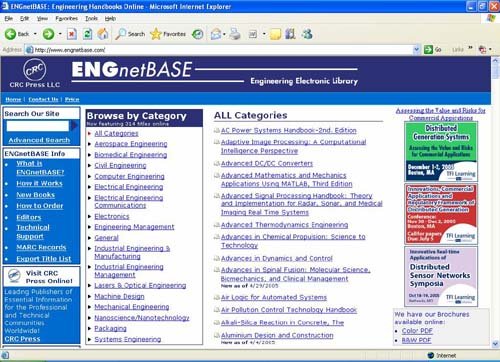
Figure 1: Previous Home Page Interface
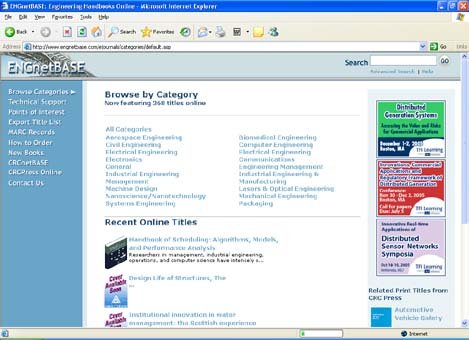
Figure 2: Current Home Page Interface
The easy search box in the new interface functions as a natural language search in the full text of all included titles and returns results based on three aspects of uniqueness and relevance: 1) the number of documents containing a term, used to measure uniqueness; 2) the number of occurrences of a term in a document, used to determine relevance; and 3) the density of the term within a document, also used to measure relevance. This relatively sophisticated method of returning results improves what could be a rather blunt keyword search in a very broad set of targets, were the relevance ranking based on gross occurrences per document. The easy search box also recognizes all the commands the advanced search interface does, which are extensive and well-explained in the help file.
Advanced Search Interface
This interface was also recently redesigned. Though the same fields exist and the commands are ostensibly unchanged, the elimination of the previous interface's (Figure 4) radio-button options for stemming, phonetic, and natural language functions minimized some confusion. The current interface (Figure 5) also collapses the titles list, which has the positive benefit of simplifying the design but the negative consequence of hiding what was a valuable way of narrowing a search. The list is expandable, however, so the knowledge of its existence mitigates this negative consequence.
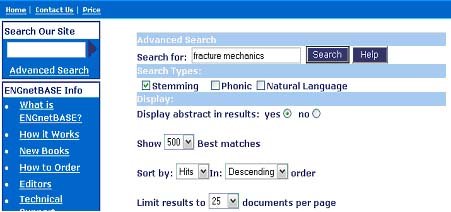
Figure 3: Previous Advanced Search Interface
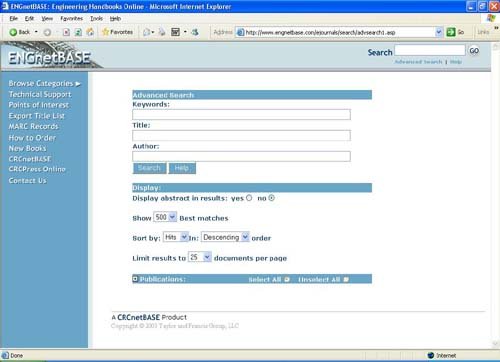
Figure 4: Current Advanced Search Interface
Both interfaces allow search boxes for title, author, and keyword in the full-text, and results list options for including abstracts, ordering results by number of hits, alphabetical by title, or by document size in ascending or descending order, and allow results to be limited in number (10-500) and results per page (10-100).
Search Techniques
ENGnetBASE provides an array of search functions and techniques, and as previously noted, all are well explained in the product's help file. In addition to basic Boolean, truncation, and proximity locating options, the options include phonic, fuzzy, synonym, and variable term weighting.Phonic searching allows the searcher to use the command "#" before a term to indicate that results of similar auditory structure be included in the results. For example, the search "#smith" would return results of both "smith" and "smythe." Fuzzy searching allows a search to account of possible misspellings, and uses the character "%" as a command. It also allows up to ten instances of missing, erroneous, or misplaced letters. For example, "engine%r" would account for the missing "e", and "engin%%r" would account for both missing vowels.
Synonym searching uses the character "&" at the end of a term to indicate that synonyms should be included. For example, "quick&" would include "fast" or "rapid." Variable term weighting allows a very experienced user to override the natural language search weights ENGnetBASE uses to determine relevance. For example, "thermodynamics:5 AND combustion:1" weights the first term five times more heavily in the search results than the second. This can be a very valuable tool for an experienced searcher.
While these techniques are probably not used frequently by casual users, they can be useful with in-depth research, and are probably more or less necessary in a full-text collection search. Ultimately, users' expectations will demand that such complexity in searching, relevance ranking, and distinctness measuring be handled behind the interface by sophisticated programming. At this time, however, giving users these options without confusing them is the key to good design, and ENGnetBASE's recent redesign does this better than its previous iteration.
Results Management
Results are displayed by chapter in descending order of relevance, or by the criteria the searcher has previously set. The files are in PDF format, and search terms are highlighted in the text. Much as with any electronic book in this format, the chapter headings are hyperlinked in a left-hand navigation box. Of particular use in ENGnetBASE is that each chapter's left-hand navigation includes the title's table of contents, which allows the entire book to be navigated from one result without first having to be downloaded in its entirety. At times this can be confusing to novice users, as they are unaware if they are looking at the entire book or just a chapter, but once this barrier is overcome this method is a definite plus. Essentially, ENGnetBASE treats each chapter of each title as one might an article within a journal (see Figure 5).
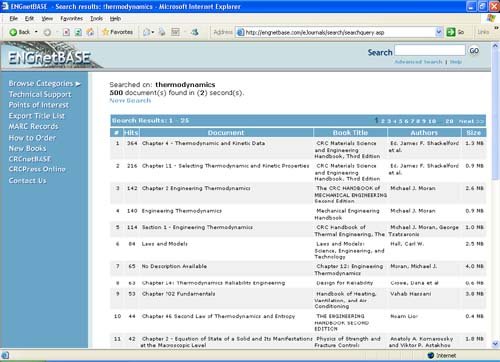
Figure 5: Results page
The citations are not exportable to reference management software, but users of these products can manually enter citation information.
Summary and Other Considerations
ENGnetBASE's recent redesign has made significant improvements to the product; the easy search interface is much more intuitive, and the advanced search screen is more familiar to most users in some simple redistribution of options. Its expanding collection is also a benefit. Its readily available MARC records provided as a link on the CRCnetBASE home page allow libraries to catalog its 300 titles individually with relative ease.There are at times technical considerations with the product's use of PDF files: the most recent version of Adobe Acrobat is usually necessary, and a user's browser must be configured in a way as to allow these files to appear in separate windows, which at times can be disallowed by simple pop-up blockers installed on most library computers.
In comparing ENGnetBASE to competitors, particularly Knovel Handbooks, there are pluses and minuses. Its collections are significantly smaller, but its lower price allows for its inclusion in many library collections. Though it probably should not be considered a thorough or comprehensive reference and handbook collection, it is a good alternative when budgets are constrained or a good supplement when budgets are less constrained. As many engineering and science libraries have been purchasing CRC handbooks for many years, ENGnetBASE provides the ever-desirable electronic and remote access patrons of such libraries are increasingly demanding.
| Previous | Contents | Next |
